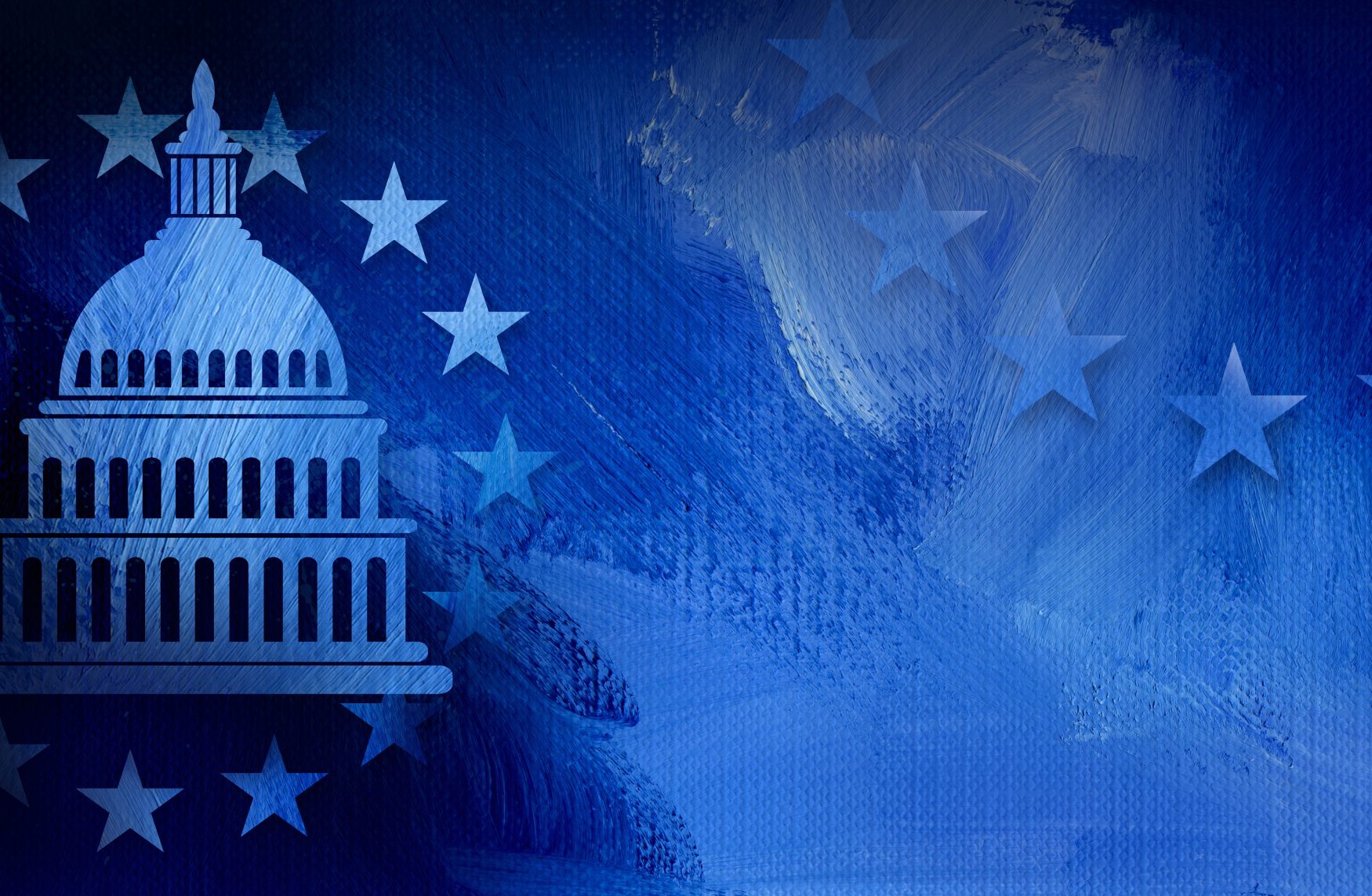
What Emerged from the 1940 Presidential Election?
The 1940 Presidential Election Spawned Manipulative, Need-To-Know Leadership.
The 1940 presidential election candidates for President and Vice President, respectively, were Democrats Franklin D. Roosevelt and Henry Wallace, against Wendell Willkie and Charles McNary.
Prior to the campaign, one of the issues was whether Roosevelt would respect the two-term tradition, as had prior presidents.
Having been through the Great Depression, many Americans wanted the reassurance of his continued leadership with the looming threat of war.
Conversely, earlier presidents had respected the two-term tradition in order to prevent the tyrannical type of leadership that had caused settlers to flee England, and to eliminate the possibility of a man being President for life.
Roosevelt’s Legacy to Current Leaders
In the 1940 presidential election, FDR disregarded the two-term tradition and assured his nomination by refusing to ask for it, instead telling delegates at the Chicago Democratic Convention that they could nominate anyone of their choosing.
Playing on American fears of having an inexperienced leader with war imminent, Roosevelt’s gambit got him nominated.
With the war raging, he was elected for a fourth term in 1944, only to die ten weeks later.
To prevent a recurrence of a four-term (or more) president, the two-term tradition became law when the 22nd Amendment to the Constitution was passed by Congress in 1947 and ratified in 1951.
The 1940 presidential election was used in a study of the effectiveness of mass media, which determined that media did not have much effect (5% changed their vote) on the American public’s decisions, but instead reinforced their predispositions.
It was personal contact – how they grew up, and social influences like friends and coworkers – that had the strongest impact.
Using aspects of the New Deal from his previous term, FDR gave government more control over banking and the stock market, and pretty much everything else -making the President (himself) the federal government’s central authority.
It was the many protections he made for the working class that enabled them to challenge corporate powers, and gave birth to New Deal liberalism.
Conservative backlash to Roosevelt’s liberal policies resulted in termination of many of them. The only ones to survive are the SEC and Social Security.
Genuine Warning or Scare Tactic?
FDR and the Yalta Conference
The Yalta conference in February, 1945, was a meeting of leaders Joseph Stalin, Winston Churchill and Franklin Roosevelt.
It was aimed at forcing Germany’s surrender and splitting its post-war occupation equally between England France, Russia and the U S, and occurred shortly before the April conference at which the United Nations was founded.
One sidebar in the Yalta accord was Russia’s secret promise to join the war against Japan; another was the secret discussion about divvying up Japan’s holdings.
These and other agreements made in Yalta infuriated China and Europe when they finally became public knowledge; the US felt that FDR had single-handedly negotiated Eastern Europe into communism.
The 1940 presidential election was a landmark election, in that fear of war was used against American citizens to get Roosevelt re-elected, and that it created a new tradition: the conniving, self-serving presidency.

 My First Amazing Ayahuasca Experience
My First Amazing Ayahuasca Experience  Pine Needle Tea
Pine Needle Tea  The REAL Controllers of Humanity: The Papal Bloodlines
The REAL Controllers of Humanity: The Papal Bloodlines  Is it Global Warming or Cooling?
Is it Global Warming or Cooling?  Gun Rights and Obama Examined
Gun Rights and Obama Examined